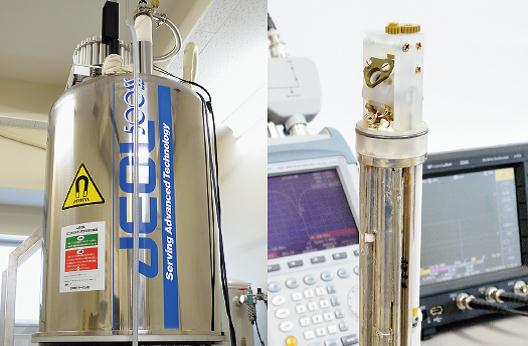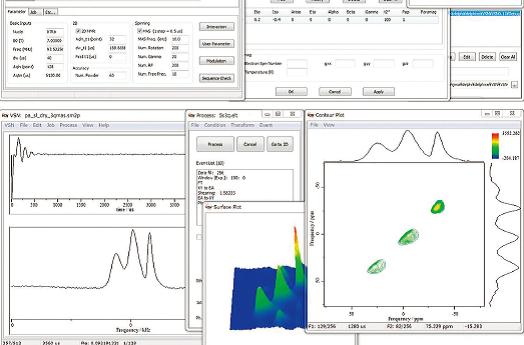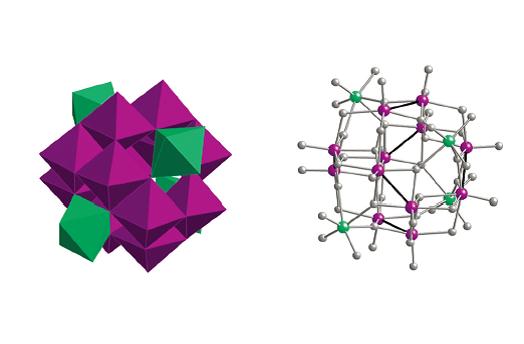







Home > Research > Research Overview > 2015 > Institute of Arts and Sciences
Takahiro Iijima
Associate Professor
Institute of Arts and Sciences

▲(On left) Superconducting magnet
(On right) Adjustment of measurement equipment
Matter has many different properties. It includes physical properties like electrical conductivity and flexibility, and functional properties such as catalysis and adsorption. Why are such properties expressed? In many cases, the shapes and movements of atoms and molecules at a microscopic scale are actually involved. For this reason, studying the shapes and movements of molecules can lead to an understanding of the property of matter, and eventually to the creation of high-performance new materials.

▲Software developed for data analysis

▲Molecular structure
If you open a chemistry textbook, you will most likely find beautiful illustrations of molecules. However, because molecules are extremely small, individual molecules cannot be seen with the naked eye. That is why electromagnetic waves are normally used to see the molecules.
We particularly place matter inside a strong magnet and bombard it with electromagnetic waves to observe molecules. This is the same principle as that of magnetic resonance imaging (MRI) diagnostic systems found in hospitals. In the case of MRI systems, human beings are placed inside a large magnet, and electromagnetic waves are used to obtain signals that are converted into images. In our case, instead of humans, we place the matter that we would like to study inside a magnet in order to carry out observation. At our laboratory, we are developing new methods that will enable easier and faster observation at a higher degree of precision. We are also studying the shapes and movement of the molecules of actual matter.